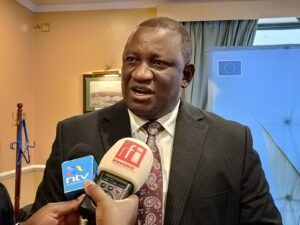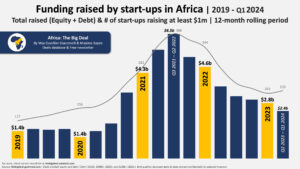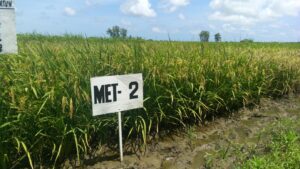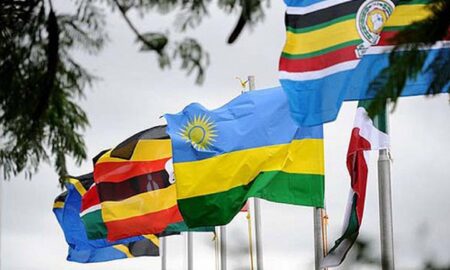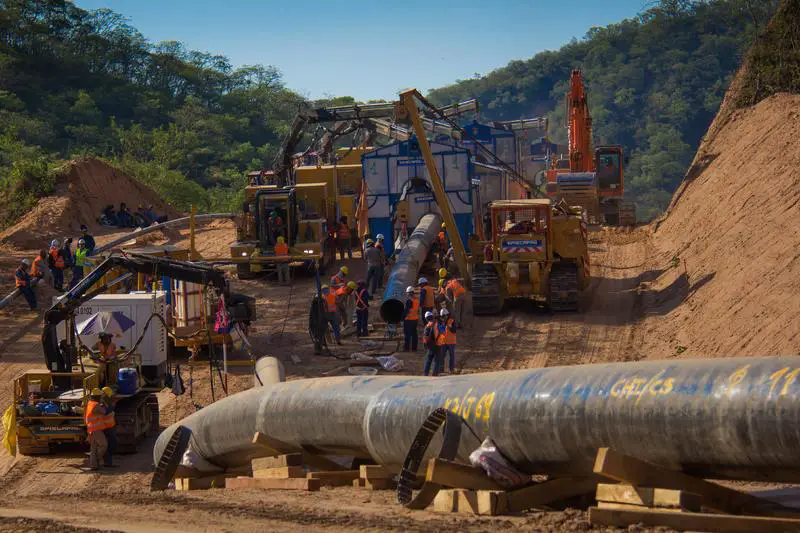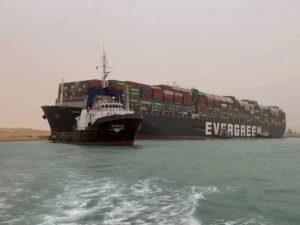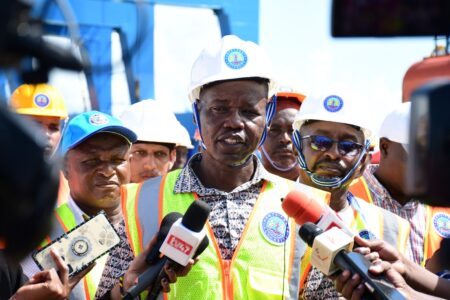Survey shows 60% of journalists interviewed indicate that their newsroom lacks an AI use case policy. However, 20% of journalists revealed that they are planning to explore AI’s potential applications. State of Journalism Survey 2024 interviewed 1,106 respondents across the world. Media houses are still…
Exclusive pre-congress workshop launched to elevate startups for the global stage This year’s startup competition has attracted entrants from 53…
The increasing food prices have majorly occasioned the rise in consumer expenditure. In the review period, 50 per cent of…
Kenya Ports Authority handled 37,576 metric tons of cargo in 2023, according to its Managing Director. The KPA MD revealed…
One of the most important ways a fintech can listen to its customers is to gauge how they engage with…
Remittance inflows for March grew to $407.8 million up from $385.9 million…
Featured
International arrivals increased from 1.48 million in 2022 to 1.95 million as…
Industry & Trade
One of the most important ways a fintech can listen to its…
Countries
The increasing food prices have majorly occasioned the rise in consumer expenditure. In the review period, 50 per cent of the Kenyans polled indicated…
A total of 77 people, including 22 Chinese and a Cameroonian, all…
Following a slow recovery from the debilitating impact of COVID-19, Africa’s economic…
Kenya’s business conditions weakened slightly in March despite easing inflation. Kenyan firms…
Regional Markets
East Africa’s economic growth is projected to grow at 5.3 and 5.8 per cent in 2024 and 2025-26, respectively. The…
Tech & Innovation
Survey shows 60% of journalists interviewed indicate that their newsroom lacks an AI use case policy. However, 20% of journalists revealed that they are planning to…
Editor's Picks
International arrivals increased from 1.48 million in 2022 to 1.95 million as…
Africa
Exclusive pre-congress workshop launched to elevate startups for the global stage This…
Industry & trade
Kenya Ports Authority handled 37,576 metric tons of cargo in 2023, according…
Money Deals
A key component of successful cryptocurrency investment is utilizing cryptocurrency exchanges effectively.…
Investing
In 2024, diversification of your crypto portfolio remains a fundamental principle for…















